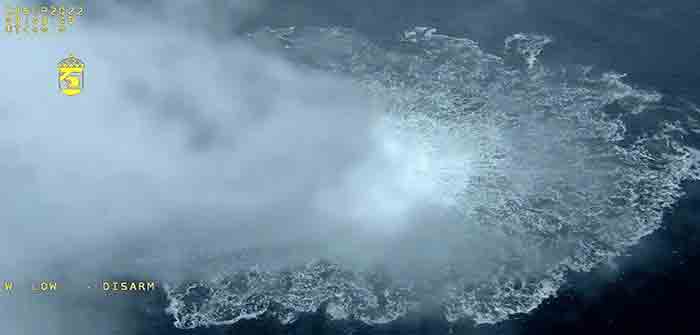
by Seymour Hersh at Seymour Hersh’s Substack
I do not know much about covert CIA operations—no outsider can—but I do understand that the essential component of all successful missions is total deniability. The American men and women who moved, under cover, in and out of Norway in the months it took to plan and carry out the destruction of three of the four Nord Stream pipelines in the Baltic Sea a year ago left no traces—not a hint of the team’s existence—other than the success of their mission.
Deniability, as an option for President Joe Biden and his foreign policy advisers, was paramount. No significant information about the mission was put on a computer, but instead typed on a Royal or perhaps a Smith Corona typewriter with a carbon copy or two, as if the Internet and the rest of the online world had yet to be invented. The White House was isolated from the goings-on near Oslo; various reports and updates from the field were directly provided to CIA Director Bill Burns, who was the only link between the planners and the president who authorized the mission to take place on September 26, 2022. Once the mission was completed, the typed papers and carbons were destroyed, thus leaving no physical trace—no evidence to be dug up later by a special prosecutor or a presidential historian. You could call it the perfect crime.
There was a flaw—a gap in understanding between those who carried out the mission and President Biden, as to why he ordered the destruction of the pipelines when he did. My initial 5,200-word report, published in early February, ended cryptically by quoting an official with knowledge of the mission telling me: “It was a beautiful cover story.” The official added: “The only flaw was the decision to do it.”
This is the first account of that flaw, on the one-year anniversary of the explosions, and it is one President Biden and his national security team will not like…
Continue Reading